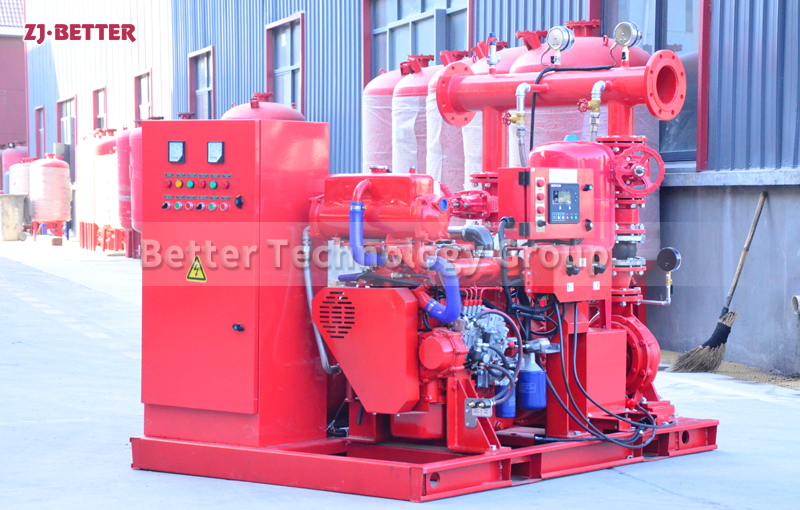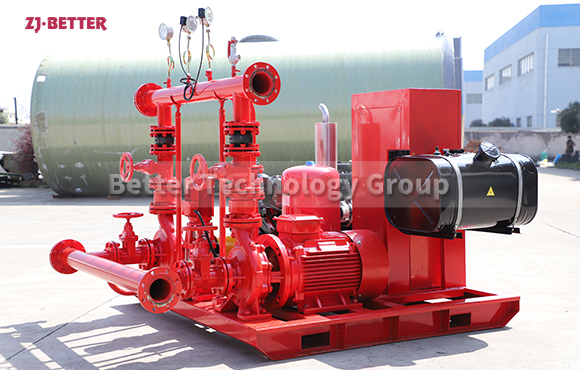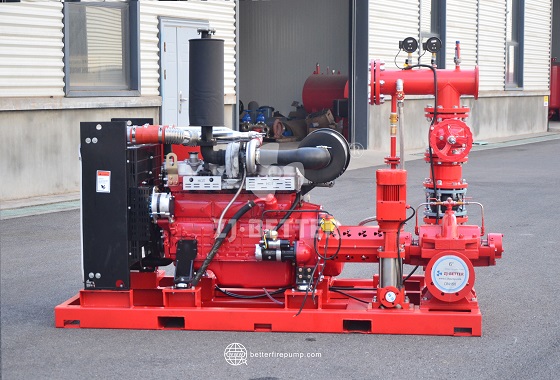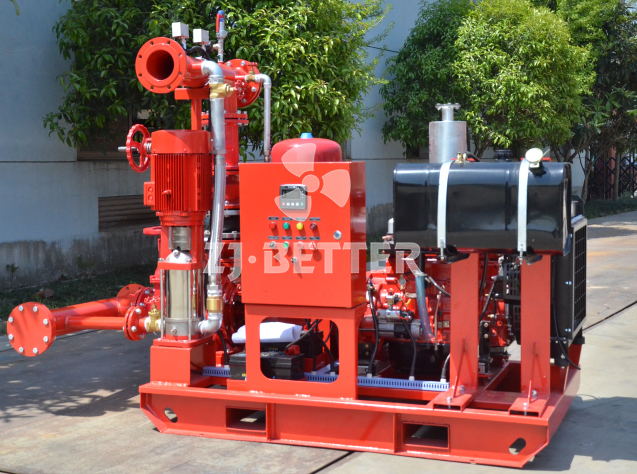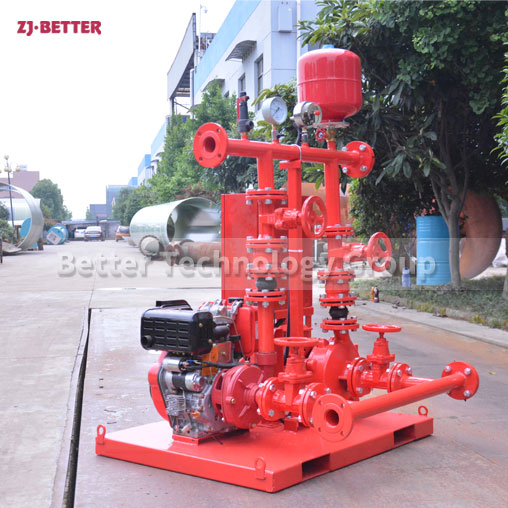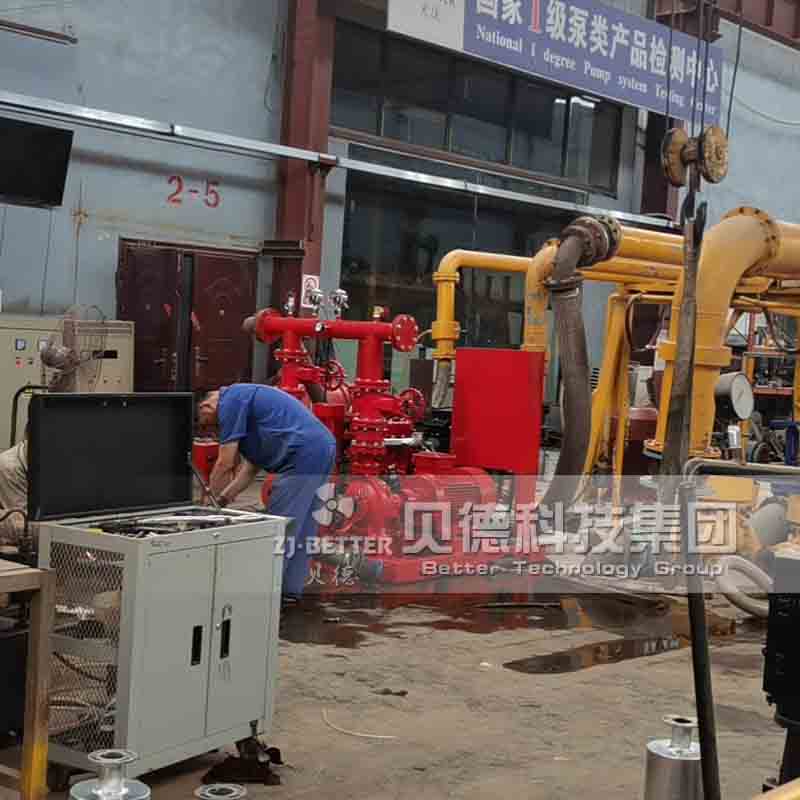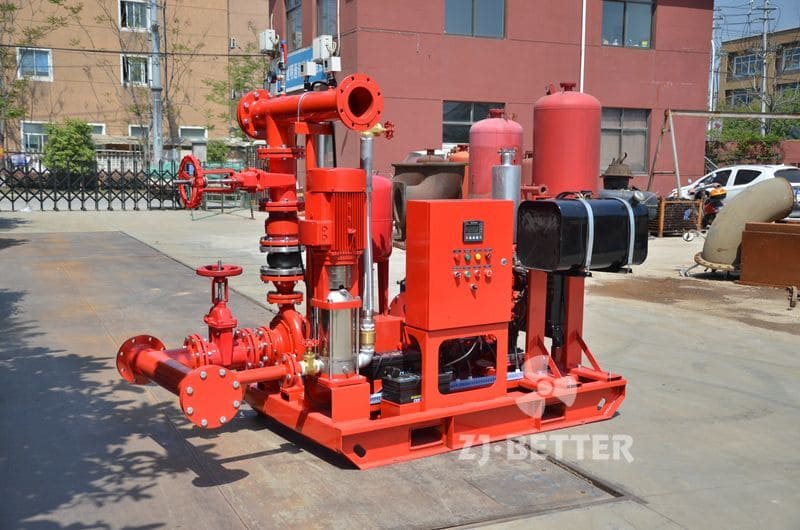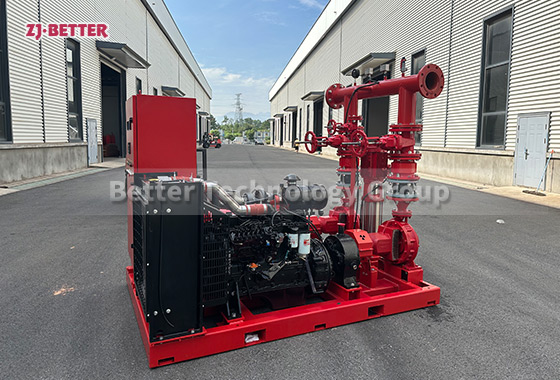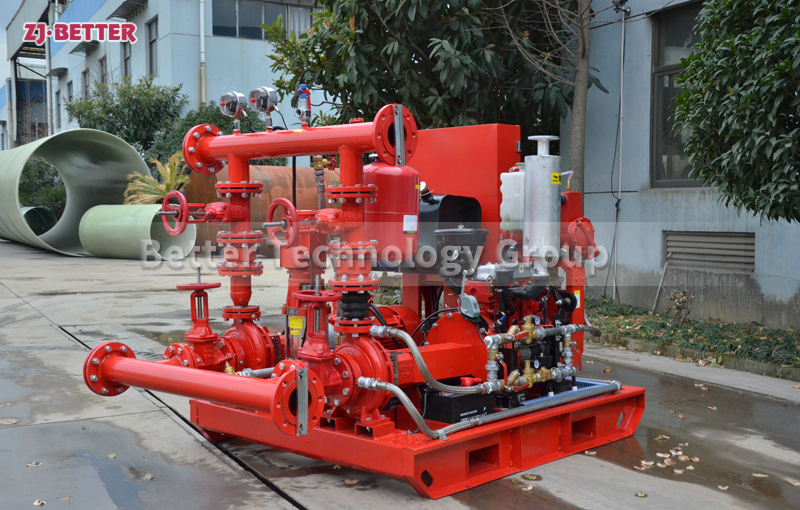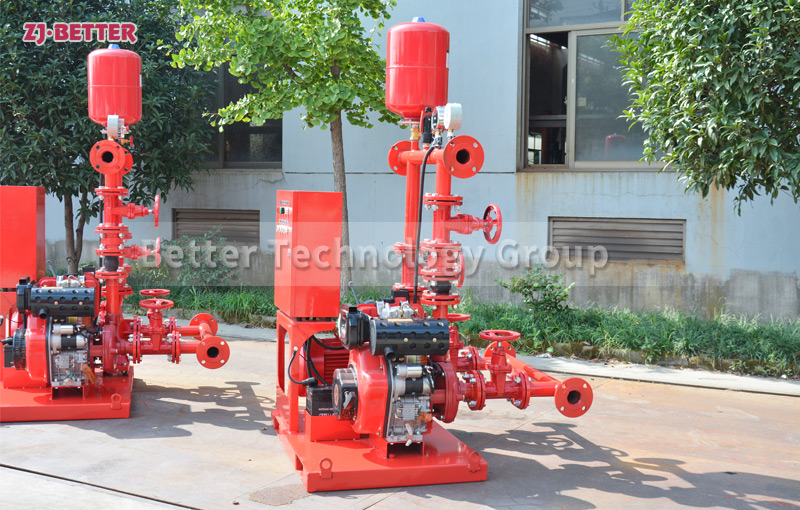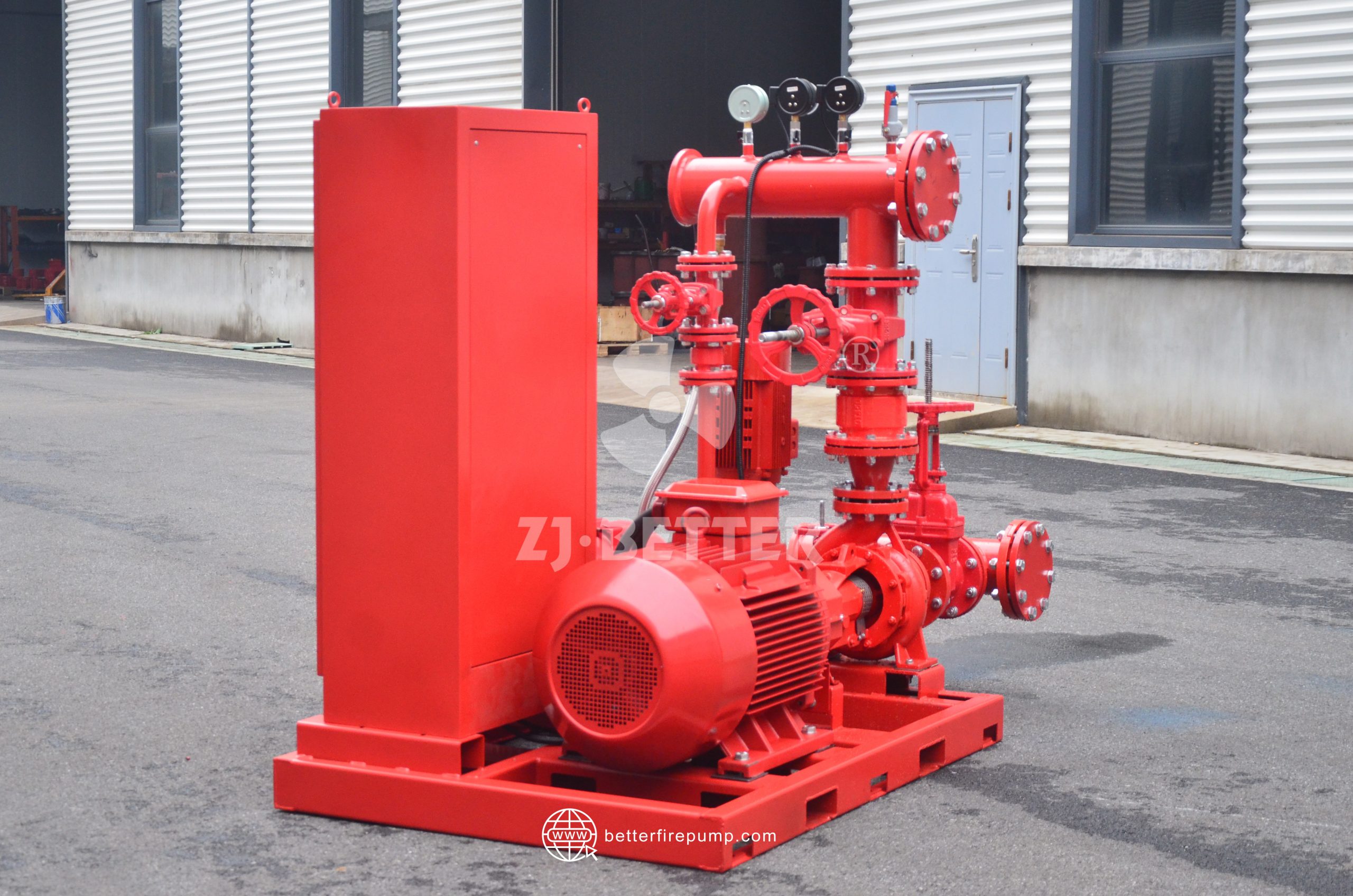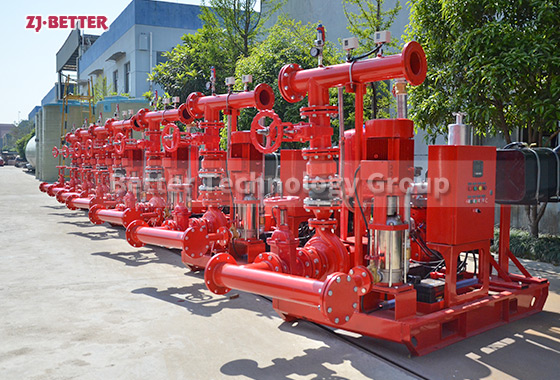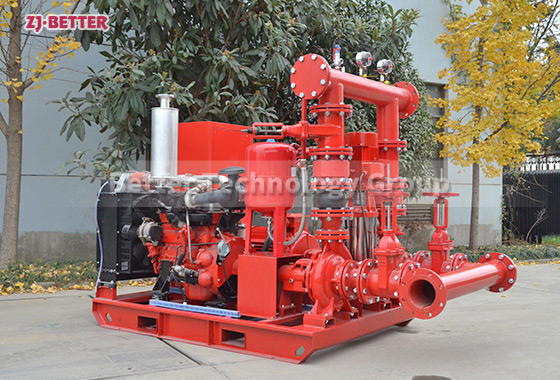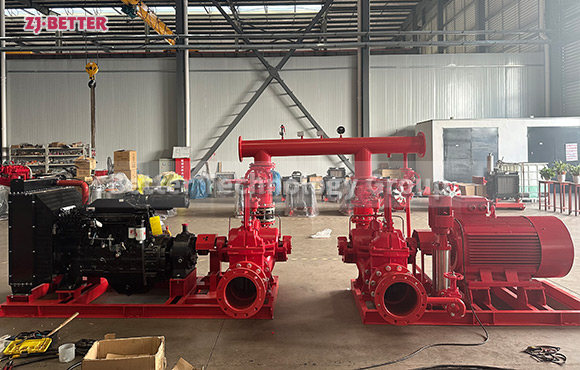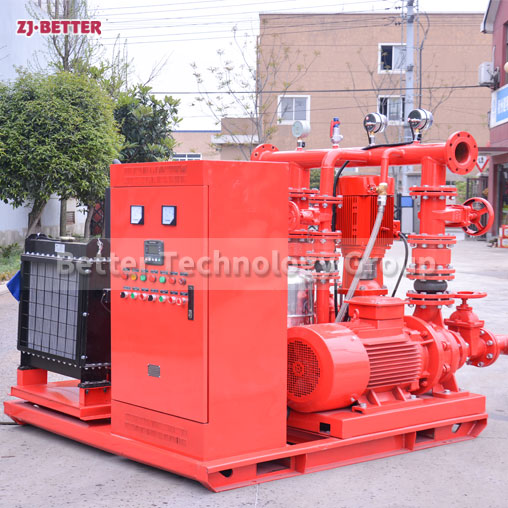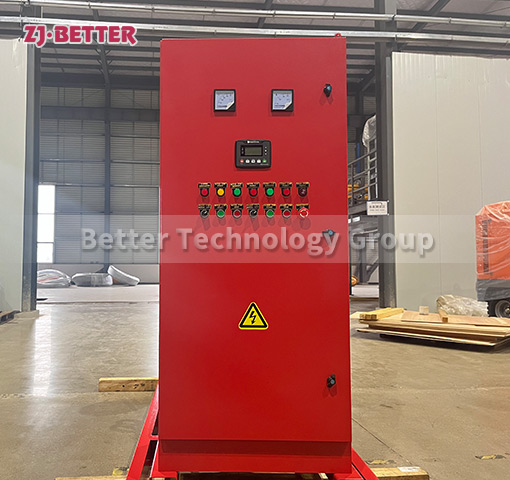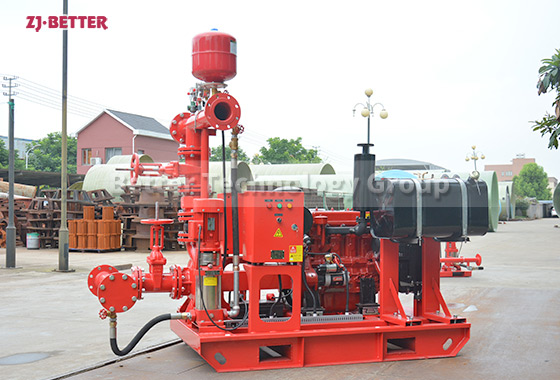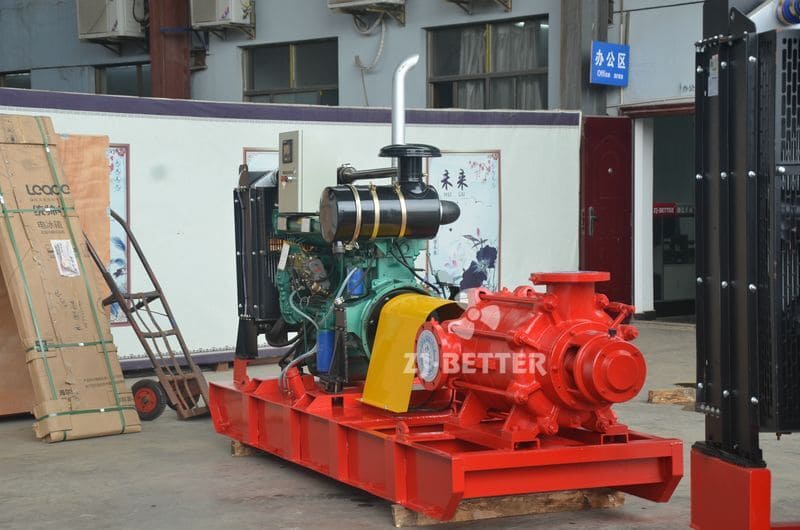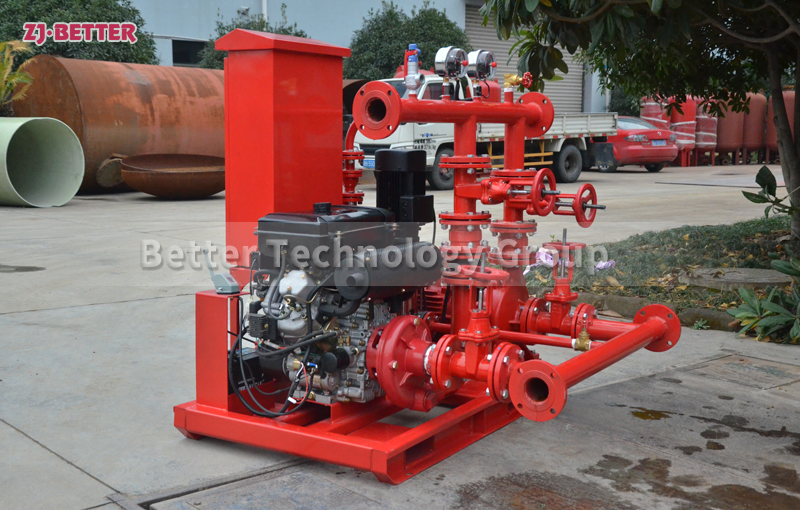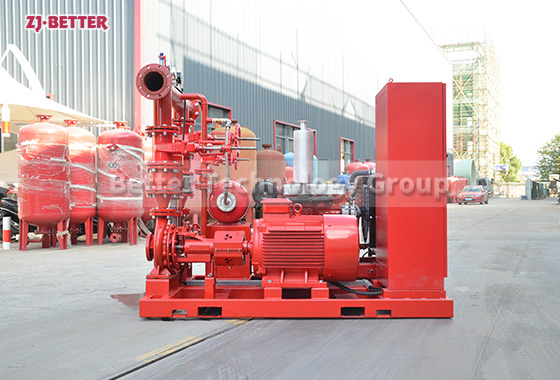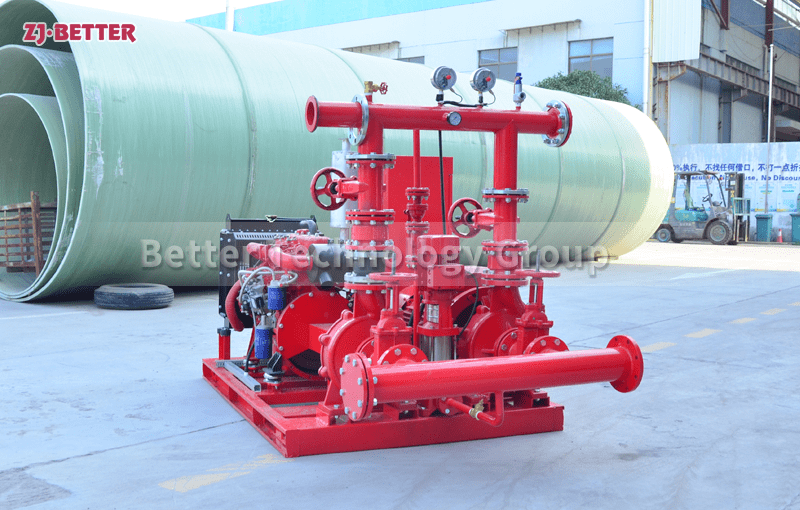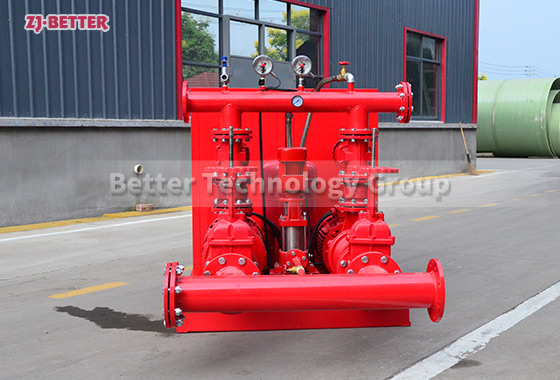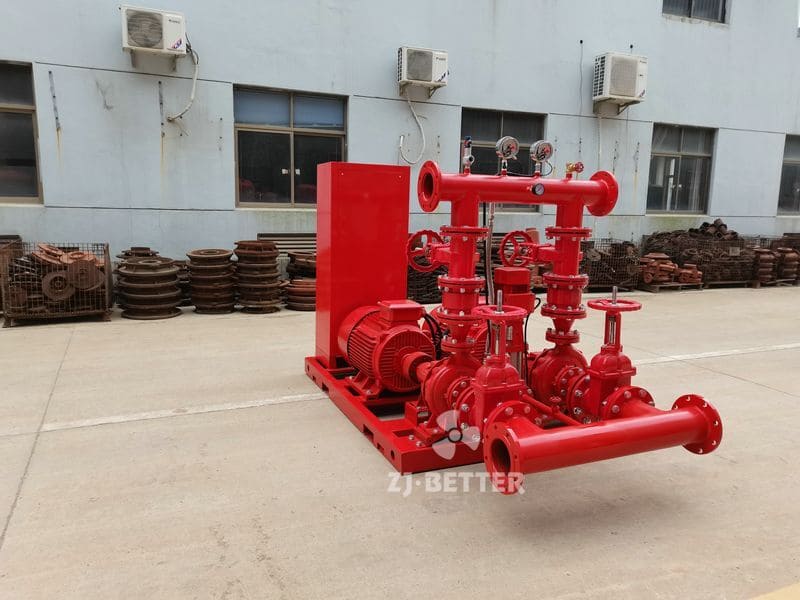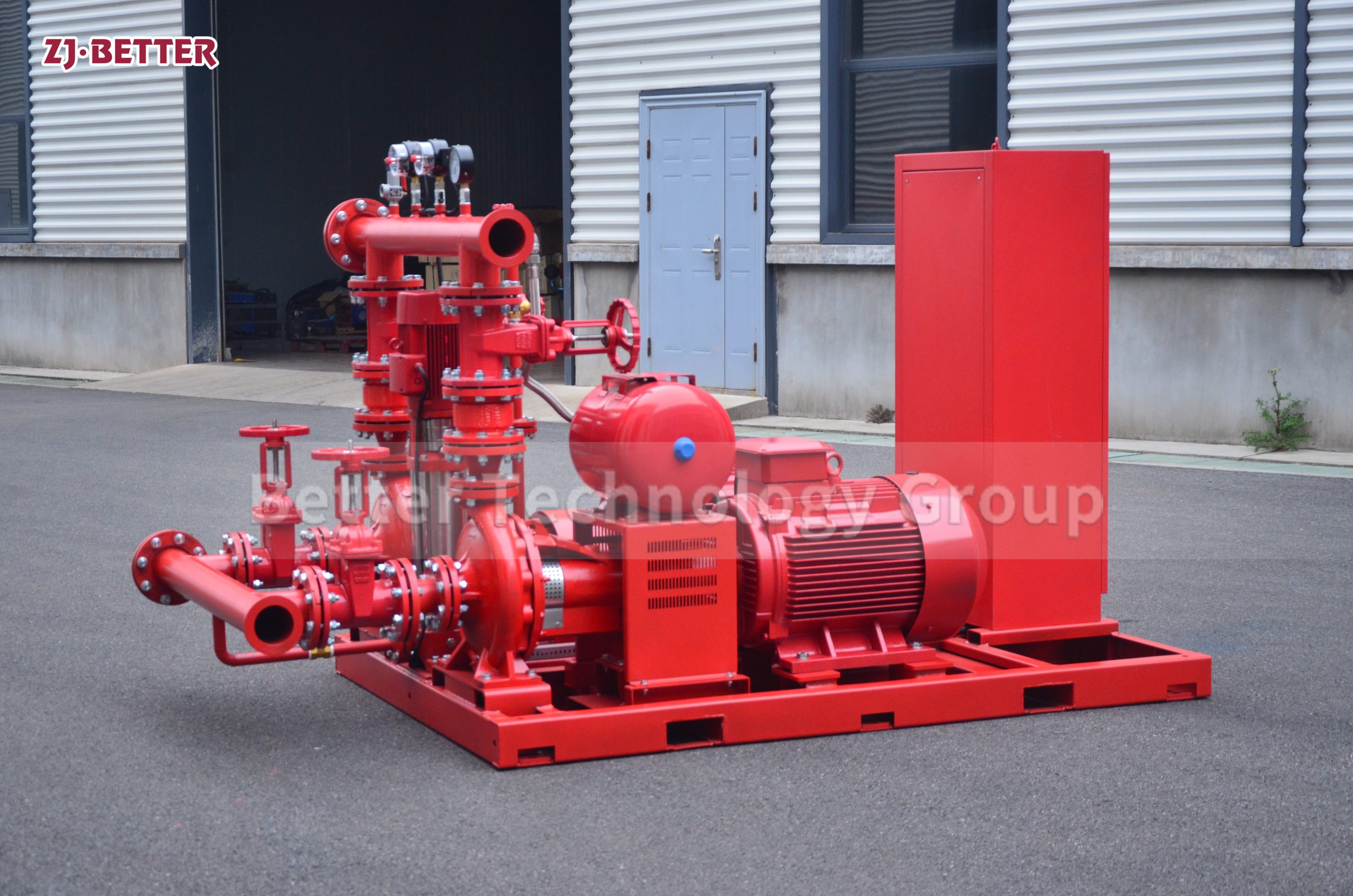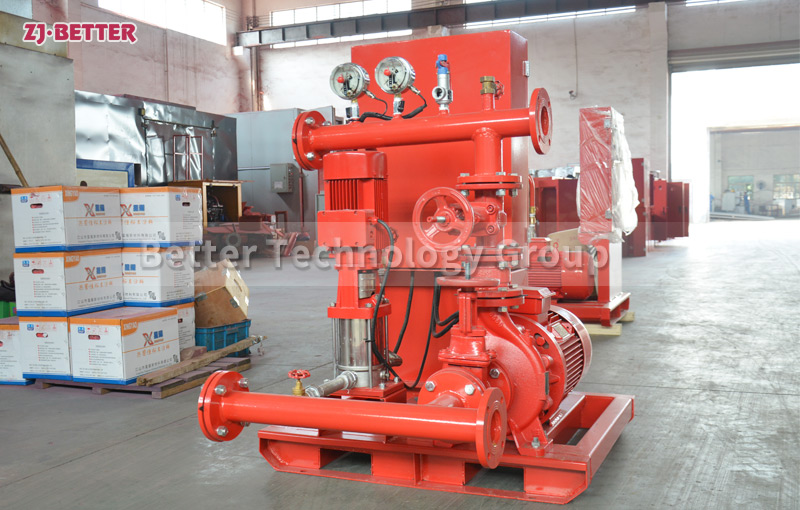Diesel engine fire pump for large flow fire water supply
Fire pumps are water intake equipment for fire facilities. At least one or two fire pumps are equipped. Our commonly used fire pumps are electric fire pumps and diesel engine fire pumps. The difference between them is that electric fire pumps require power system supply. In the event of a power failure, the diesel engine fire pump can start at any time to compensate for the original position of the electric fire pump.
Diesel engine fire pumps are used for fire-fighting water supply in places with large flow and high lift, and the diesel engine has good starting characteristics, fast starting speed, strong overload capacity, energy saving and does not need to be kept running and standby. The fire pump is fully functional. Single-stage single-suction pumps, multi-stage single-suction pumps, self-priming pumps and long-axis pumps can also be used in parallel, with a wide range of flow and pressure. Fire pumps are widely used for fire water supply in warehouses, docks, airports, petrochemical, power plants and other industrial and mining enterprises. The flow and head are relatively large.

